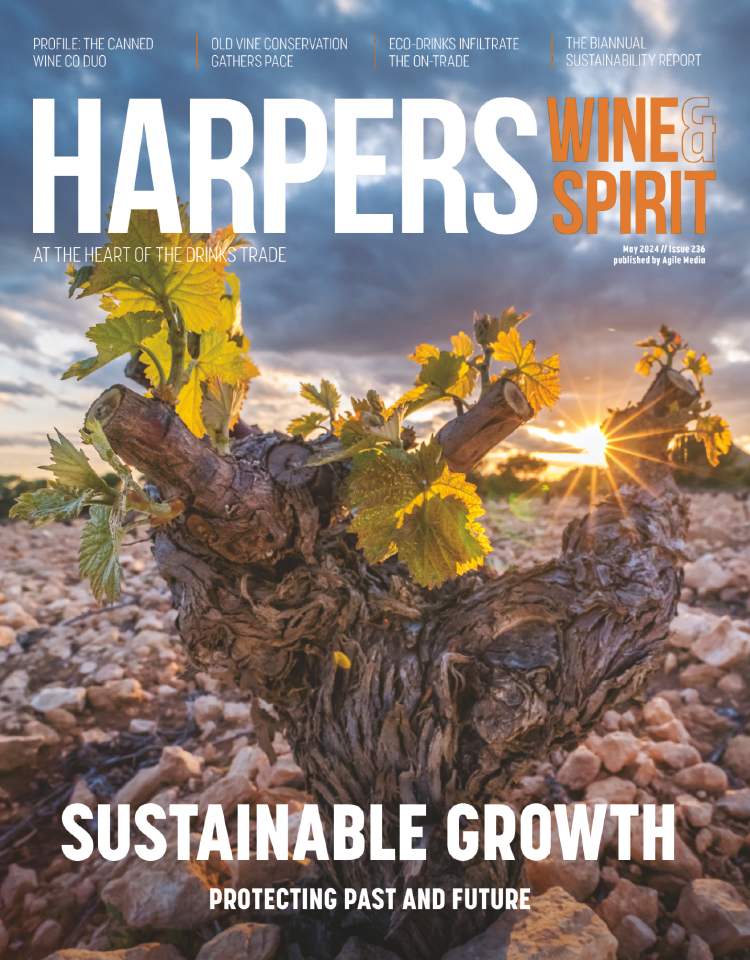IMAGERY AND PRODUCT QUALITY KEY TO POST-CODE ALCOHOL ADVERTS
By Jack Hibberd
A leading member of the UK advertising industry has outlined his vision for the future of alcohol advertising - with tighter regulations leading to a focus on imagery and product quality rather than blokey humour and sexual connotations. Richard Storey, planning director at leading agency M&S Saatchi, told delegates at the WARC Alcohol Advertising Conference, held in London, that the advertising and drinks industries should work on developing new ideas, rather than depending on well-worn arguments' preventing the much tighter revised code for alcohol advertising put forward by new regulator Ofcom from being confirmed. Resisting is not an option, and creative dodging, which agencies are expert at, is an extremely dangerous option. We must play by the spirit of the code and adapt.' Storey said that the biggest change is that brand-for-me' advertising, which mirrors the lives and values of the target audience and has only token product relevance, may be unacceptable under the new code. Imagery, rather than storytelling will come to the fore, with colour, associations and texture important tools to consider.' Expressions of quality', which Storey said have not been important in the past and usually bring a yawn when brought up in focus groups', may also play a bigger part in future. Ofcom's proposed code (which could be ratified by November) has been attacked by numerous trade associations and alcohol companies since the consultation document was released in June for being unworkable and too prescriptive. The Wine & Spirit Association (WSA) released its response just last week, arguing that the code would not necessarily curb alcohol misuse. We ask Ofcom to recognise that advertising is not the single (or even major) principal contributing factor leading to anti-social drinking,' said Quentin Rappoport, director of the WSA. This proposed code goes too far and, we believe, it would be counterproductive.'






